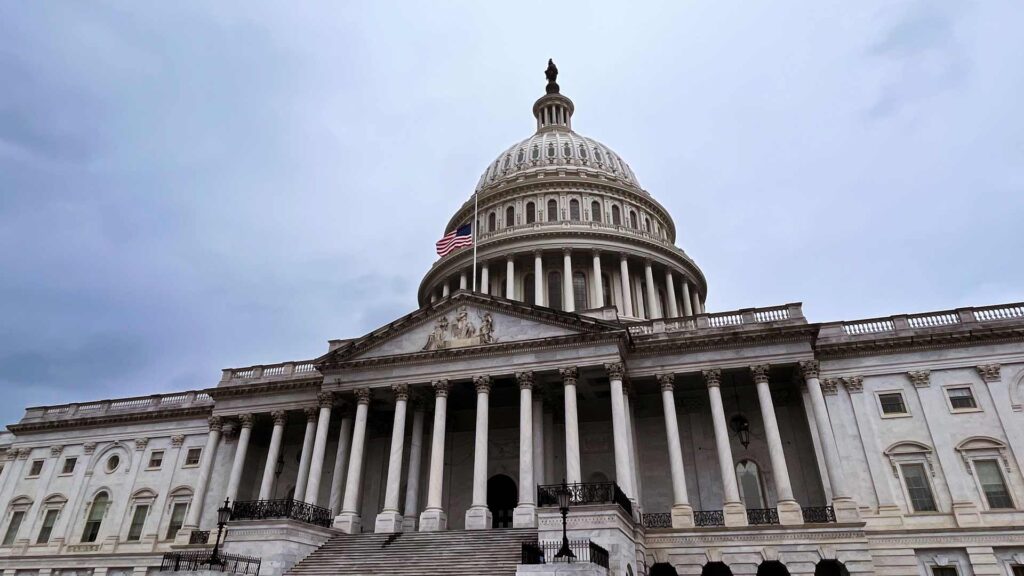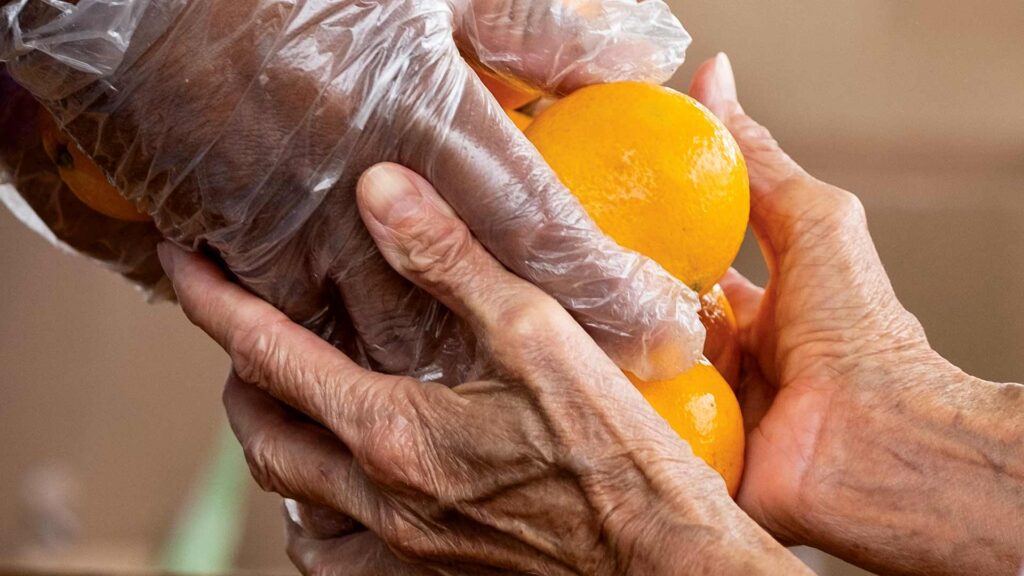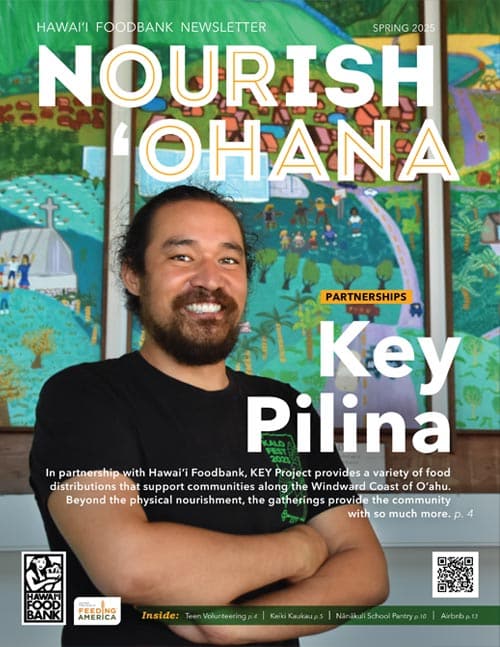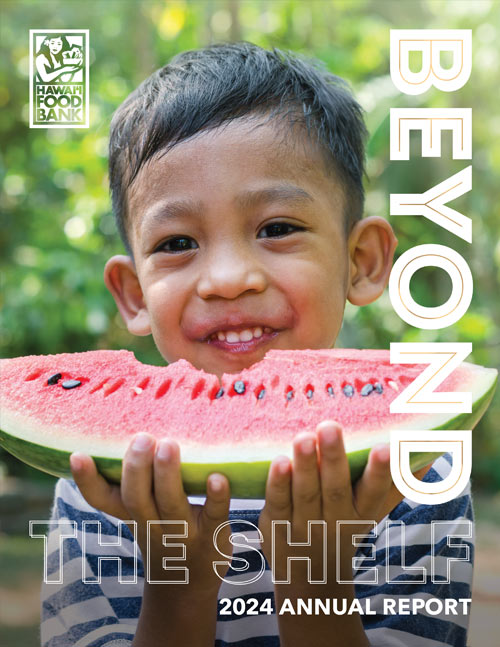Preparing for Hurricane Season
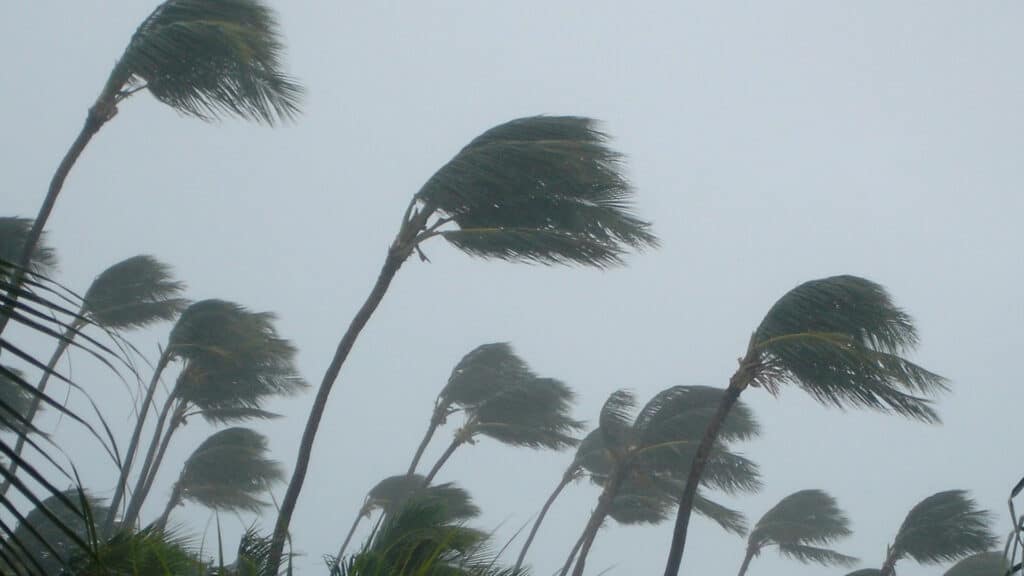
Danny Schlag
In Hawai‘i, hurricane season runs from June 1 to Nov. 30.
Over the years, Hawai‘i Foodbank has built a strong reputation for stepping up to serve Hawaiʻi in times of need. When Hurricane ‘Iniki devastated Kaua‘i in 1992, Hawai‘i Foodbank responded quickly — establishing Hawai‘i Foodbank as an important disaster response organization. Since then, Hawai‘i has endured multiple natural disasters, storms, volcanic eruptions and, most recently, a global pandemic. All of these experiences have taught us valuable lessons about recovery, resilience and the importance of being prepared.
In Hawai‘i, hurricane season runs from June 1 to Nov. 30. As a geographically-isolated region that relies heavily on imported goods, residents should plan to be self-sufficient for at least two weeks following a natural disaster to hold us over until assistance arrives. Preparing effective plans and emergency supplies ahead of time is the best thing we can all do to ensure the health and safety of our entire community.
I sat down with Rachael Carrell, our emergency planning coordinator, who shared some helpful tips on staying prepared during hurricane season.
So, what does being prepared look like?
- For those of us who can, create an emergency supply kit with food, water and medication for each member of your ‘ohana. Plan to prepare for 14 days without external assistance due to Hawai‘i’s geography.
- For those with more limited resources, find ways to store a few extra days’ worth of food and other goods to build up your disaster kit.
- For those struggling to obtain or store extra food or supplies, reach out within your community for assistance and learn where you can go for help.
- For those with means to provide additional support beyond your ‘ohana, consider donating to organizations that support disaster preparedness and relief — such as Hawai‘i Foodbank, Hawai‘i Foodbank Kaua‘i, Maui Food Bank or The Food Basket on Hawai‘i Island, all of whom work with a broad network of agency partners to provide direct support to communities throughout Hawai‘i.
Plan to prepare for 14 days without external assistance due to Hawai‘i’s geography.
Building a 14-day emergency food and water kit for your ‘ohana can seem overwhelming, but any additional food and water you can store is a good start. Here are some tips for food storage on a budget (click to download our printable tip sheet):
- Look for low-cost foods that are high in protein and calories.
- Stock up on shelf-stable items you and your ʻohana typically eat – and watch for sales.
- Save extra seasoning packets from bentos or take-out.
- Stock foods that don’t require cooking.
- Choose low-sodium options to reduce thirst.
- Opt for foods packaged in single servings to make sure opened food doesn’t spoil.
- Consider all relevant health and safety needs, and remember to store baby formula, baby foods and pet foods.
Hurricanes can result in storm surges and tides, heavy rainfall, inland flooding, high winds, high surf, rip currents and more. Being mindful of these hazards can help you to develop an effective plan to implement in case of extreme weather. Plan ahead to identify an evacuation location to shelter safely, gather your emergency supplies, prepare for flooding and damaging winds, and stay connected with a cell phone and battery-powered radio. For more information on how to sign up for emergency alerts and details on what to include in your emergency supply kit, visit the Hawai‘i Emergency Management Agency website.
When disaster strikes, one of the most important things we can do is be prepared ahead of time. This not only helps ensure our own families are self-sufficient during and following a disaster, but it also supports the entire community by allowing emergency assistance to go to those who need it most.
If you or someone you know is in need of support now, we encourage you to use our food assistance finder to locate assistance nearby, or call or call 2-1-1 for services.

